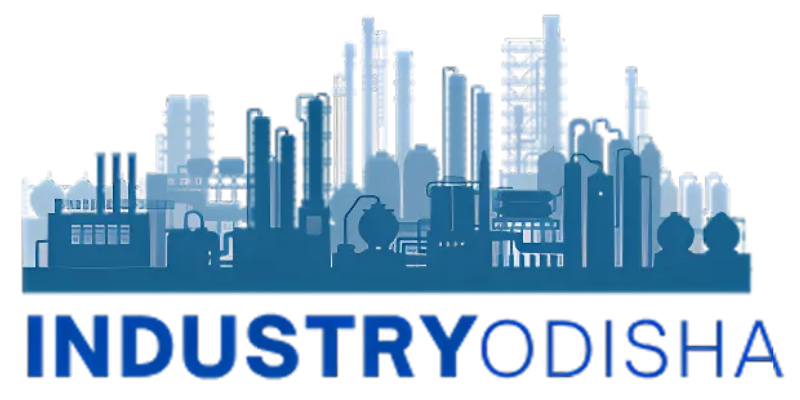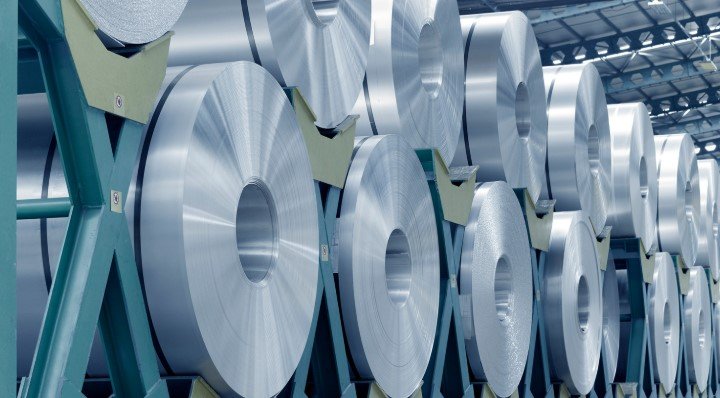India’s Production Linked Incentive (PLI) Scheme has helped grow the country’s manufacturing and exports. According to the Ministry of Commerce and Industry, companies have invested Rs 1.61 lakh crore (USD 18.72 billion) in different industries under this scheme by November 2024. This has led to production and sales worth Rs 14 lakh crore (USD 162.84 billion), close to the target of Rs 15.52 lakh crore for 2024-25.
So far, 764 companies across 14 industries, including medicines, telecom, and textiles, have been approved for the scheme. It has also created over 11.5 lakh jobs, both directly and indirectly. The scheme has boosted exports, which have crossed Rs 5.31 lakh crore (USD 61.76 billion), with major contributions from electronics, pharmaceuticals, and food processing.
The government has already given Rs 14,020 crore in incentives for 10 key industries. The money is given out based on how much a company produces, and projects usually take 2 to 3 years to be completed. Companies can apply for incentives after their first year of production.
In the specialty steel sector, 35 companies have shown interest in the second phase of the scheme, promising to invest Rs 25,200 crore. The Ministry of Steel is working on agreements with these companies. The government expects to give Rs 3,600 crore in incentives for these projects, but by the end of the scheme, only Rs 2,000 crore may actually be disbursed.
With a fair and transparent approval process, the PLI scheme is helping India strengthen its manufacturing industry and increase exports, making the country more self-reliant.



